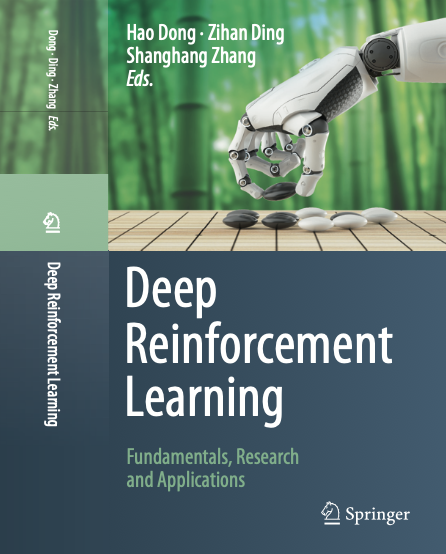Spring 2020 - Thu 3:00-6:00 PM, Peking University
This course covers the fundamentals, research topics and applications of deep generative models.
Schedule
Fundamentals
| Week 1 | Introduction | Lecture 1: Introduction Lecture 2: Data Representation Lecture 3: Mathematic Foundation & Basic Concept |
| Week 2 | Autoregressive Models | Lecture 4: Sequential Models - Recurrent Neural Networks Lecture 5: Autoregressive Models 1 Lecture 6: Autoregressive Models 2 |
| Week 3 | Variational Autoencoders | Lecture 7: From Autoencoder to VAE Lecture 8: Variational Autoencoder Lecture 9: VAE Variants |
| Week 4 | Normalising Flow Models | Lecture 10: Normalising Flow Background Lecture 11: Normalising Flow Models Lecture 12: Deep Learning Development |
| Week 5 | Generative Adversarial Networks | Lecture 13: Introduction of GAN Lecture 14: Understanding GAN Lecture 15: Selected GANs |
| Week 6 | Practice | Lecture 16: Variational Autoencoders Lecture 17: Generative Adversarial Networks Lecture 18: More: WGAN, LSGAN, VAE-GAN … GAN/VAE DCGAN CycleGAN SRGAN |
Research & Application
| Week 7 | Evaluation of Generative Models | Lecture 19: Sampling Quality Lecture 20: Density Evaluation & Latent Representation Lecture 21: Practice |
| Week 8 | Energy-based Models | Lecture 22: Hopfield Network Lecture 23: Boltzmann Machine Lecture 24: GANs |
| Week 9 | Discreteness in Generative Models | Lecture 25: Discrete Sequence Generation Lecture 26: Discrete Latent Variables Lecture 27: Generating Graphs |
| Week 10 | Challenges of Generative Models | Lecture 28: High-dimensional Data Generation Lecture 29: Learning Large Encoder Lecture 30: Other Challenges |
| Week 11 | Applications of Generative Models | Lecture 31: Image Synthesis, Translation and Manipulation Lecture 32: X Learning Lecture 33: Advanced Topics |
| Week 12 | Generative Model Variants | Lecture 34: GLO, IMLE, GLANN Lecture 35: Discussion Lecture 36: Practice |
Practices
Course Staff
- Instructor: Hao Dong
- Teaching Assistants: Jialei Huang, Junning Shao, Ruihai Wu, Zhijian Duan, Mingdong Wu, Xiaotian Li, Guanqi Zhang, Yihao Zhao, Hangrui Bi, Bingcan Zhao, Haoqi Yuan
Feedback
For questions, please discuss on the Wechat group. You can also email Dr. Dong at hao.dong@pku.edu.cn.


